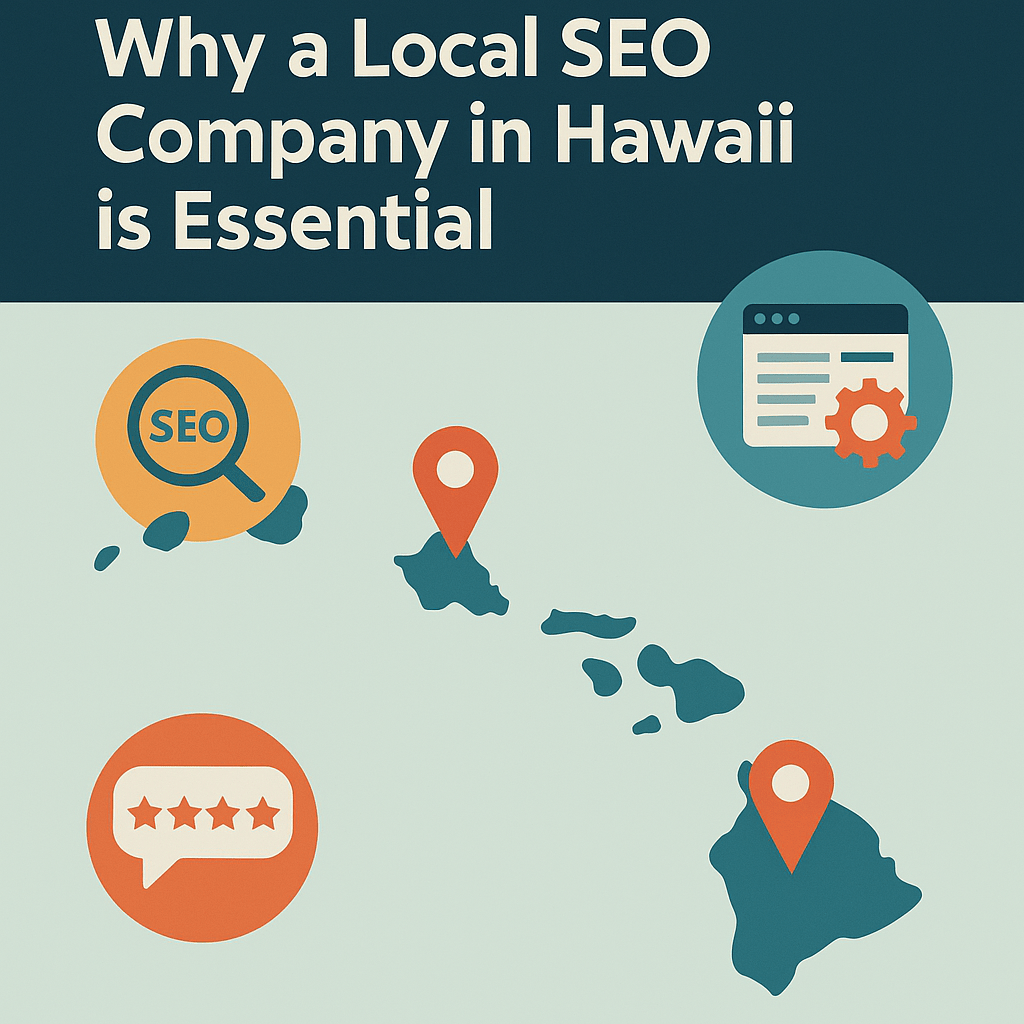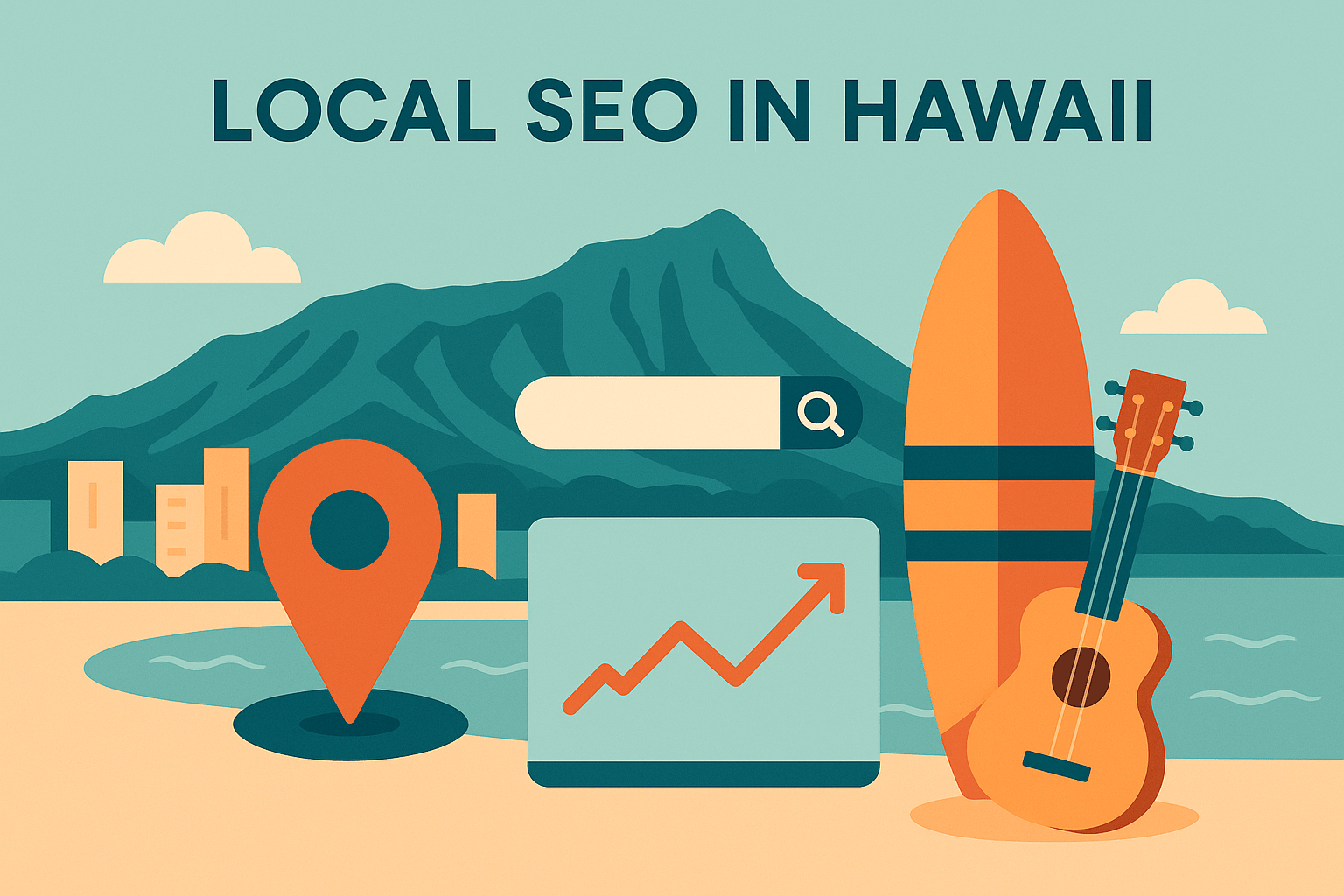On-page Optimization
On-page optimization is a crucial aspect of Search Engine Optimization (SEO) that involves making changes to the content and structure of a website to improve its ranking in search engine results pages (SERPs). In this blog, we will discuss the basics of on-page optimization and delve into an expert’s view on how it can boost a website’s visibility and traffic.
The Basics
The basics of on-page optimization include optimizing title tags, meta descriptions, headings, and images. Title tags and meta descriptions are HTML elements that provide information about the content of a webpage to search engines. Title tags should be unique and accurately describe the page’s content, while meta descriptions should be concise and compelling to entice users to click through to the website.
HTags
Headings, such as H1, H2, and H3 tags, are used to organize the content of a webpage and make it easy for users and search engines to understand the page’s main topic. Proper use of headings not only improves the user experience but also helps search engines understand the content’s structure and relevance.
Images
Images are also essential for on-page optimization as they can significantly improve the user experience and help break up long text blocks. Optimizing images involves compressing them to reduce their file size, adding relevant alt tags, and using descriptive file names.
Content
In addition to these basic on-page optimization techniques, experts also focus on creating high-quality content that is relevant, informative, and engaging to users. This includes regularly updating the website with fresh content, optimizing internal linking, and ensuring that the website is mobile-friendly and has a fast loading speed.
Keywords
Keyword research is another vital aspect of on-page optimization. It involves identifying the keywords that potential customers are searching for and incorporating them into the content and meta tags of the website. This helps search engines understand the website’s relevance and improves its chances of ranking for those keywords.
Schema Markup
Another expert-level on-page optimization technique is the use of schema markup. Schema markup is a type of microdata that can be added to a website’s HTML code to provide more information about the content to search engines. This can include information such as the type of content, the author, and the date it was published.
Conclusion
In conclusion, on-page optimization is a crucial aspect of SEO that can significantly improve a website’s visibility and traffic. While the basics of on-page optimization include optimizing title tags, meta descriptions, headings, and images, experts also focus on creating high-quality content, optimizing internal linking, and using schema markup. By following these techniques, businesses can improve their website’s search engine ranking and drive more traffic.
Check out some of our projects to see the types of projects we’ve applied on-page SEO.



